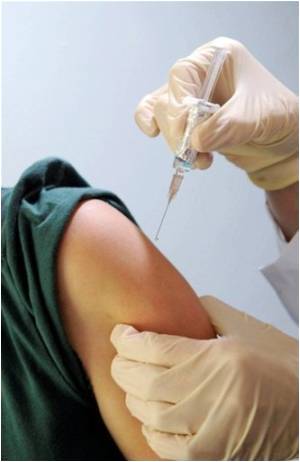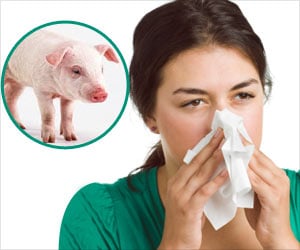In the 2009-2010 swine flu outbreaks barely one in five people in their late 30s was administered flu shot states a University of Michigan report detailing the behaviour and attitudes of Generation X.

Using survey data collected from approximately 3,000 young adults during the 2009-2010 H1N1 influenza epidemic—the first serious infectious disease this group had ever experienced—The Generation X Report explores how Americans ages 36-39 kept abreast of the issue and what actions they eventually took to protect themselves and their families.
"These results suggest that young adults in Generation X did reasonably well in their first encounter with a major epidemic," said Jon D. Miller, author of The Generation X Report. "Those with minor children at home were at the greatest risk, and they responded accordingly, with higher levels of awareness and concern."
According to Miller, understanding Gen X reactions to this recent threat may help public health officials deal more effectively with future epidemics.
The results show that a majority of Generation X young adults felt that they were "well informed" or "very well informed" about the issue. However, they scored only moderately well, overall, on an Index of Influenza Knowledge, a series of five items designed to test the level of knowledge about viral infections generally and about the swine flu epidemic specifically.
Miller directs the Longitudinal Study of American Youth at the U-M Institute for Social Research. The study, funded by the National Science Foundation since 1986, now includes responses from approximately 4,000 Gen Xers—those born between 1961 and 1981.
Advertisement
- Young adults with minor children at home were most likely to follow the news about influenza closely and were most concerned about the swine flu epidemic.
- Young adults were most likely to report getting information about the epidemic from friends, co-workers and family members. In the month before the survey, they reported having about nine such conversations, compared to getting news about the flu less than three times via print or broadcast media, and about five times from searching the Internet.
- The most trusted sources of information about the influenza epidemic were physicians, followed by the National Institutes of Health, pharmacists at local drug stores and nurses from county health departments. The least trusted sources were YouTube videos, drug company commercials and Wikipedia articles.
Advertisement
Source-Eurekalert










